Beate Gutschow
The body of work entitled "S" for Stadt (city) consists of large
black-and-white photographs that are composed of multiple images.
Diverse architectural structures and geographical locations are combined
within a single picture. These works clearly reference documentary photography but at the same time contradict it with their photographic fictions.



Carlo Valsecchi
"Lumen"
From monumental industrial architecture to the interiors of strange
machines, from night views of cities flickering like active volcanoes to
gleaming high-tech laboratories, from neat boxes of fruits or
vegetables to the sprawling agro-industrial farmlands of Argentina—Carlo
Valsecchi alternates between the near and the far, between precise
figuration and poetic abstraction. His large-format photographs, devoid
of human presence, often take unexpected vantage points, which, while
initially destabilizing our perception, then encourage us to engage more
actively with the image.
Although much of his work is clearly
within the strong tradition of the industrial landscape developed by the
German school (Becher, Gursky), Valsecchi has found his own expressive
register, tending toward the monochrome. The special qualities of the
images have to do with the extremely soft palette and nuanced chromatic
scale, features that sharply differentiate his photographs from
mainstream color practice. Painterly in its sensibility, Valsecchi's
work evokes the pictorial grandeur of American Abstract Expressionism.


Keld Helmer-Petersen
Silhouettes of overhead cables, fire escapes and construction cranes
against grey skies, producing a black-and-white effect. Or, in sharp
sunlight, he would shoot full-frontal views of the facades of timbered
houses and sheds in industrial plants, making them look like
architectural drawings.
In the mid-1960s, Helmer-Petersen — more than any other photographer — adapted the evolving trend of intellectual structuralism to the art of photography. The result was his exhibition Structurer
(1965) with pictures of leafless tree branches set against a light grey
winter sky or patterns created by partially snow-covered ice-floes on
Copenhagen's lakes. Some of the photographs were enlarged so much that
they bordered on abstraction while presenting a microcosm of nature's
material structures.


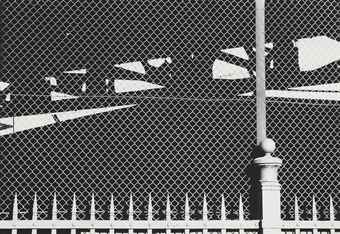
Gilles Coulon
"White Night"
A photographic research project on light bulbs,
photographed in hap hazard situations around the world, carried out over
a period of four years. This documentary is now presented in a book
published in 2005 by the Steidl Editions.



Toshio Shibata
The
photographs of Toshio Shibata convey a powerful drama generated by the
conflict of natural forces against man-made structures.
Water spills, crashes, glides, and pours over walls, sluices,
concrete blocks and channels, in an endless gravity- propelled dance.
Huge structures wind around highways and grasp the hillsides on
which they are built. Using an
8 x 10-inch camera, he eliminates most references to scale, placement, and
point of view while providing crisp detail and texture. Under Shibata's
eye, the man-altered landscape becomes a mysterious abstract composition
in which the shapes and patterns intrinsic to both the natural and
artificial forms becomes visible.


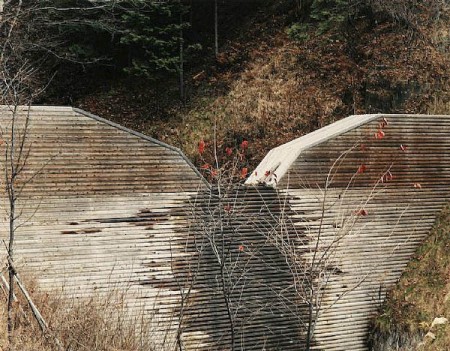
Won Kim
'Places to Hide'
"When
I was a little boy, I used to like hiding in a quiet and isolated area.
It could be under a desk, in the corner of a balcony, or inside
a closet. Whenever I inhabited certain private spaces, it gave me a
feeling of security. I believe that feeling is derived from a homing
instinct which causes animals to go back to their primal territory.
Unlike animals such as fish or birds, which have places to go some
day; human beings, unfortunately, have no way of returning to their
homing territory, the womb. I do believe human beings have
an inherent longing for a place like a womb in that it once provided us
with a comfortable, quiet, and safe place as well as nutrition when we
were infants. For this series titled "Places to Hide," I intended to
project this human desire for an enclosed area by placing naked bodies
in those tiny spots, suggesting them as infants hiding inside the
womb in urban cities. "
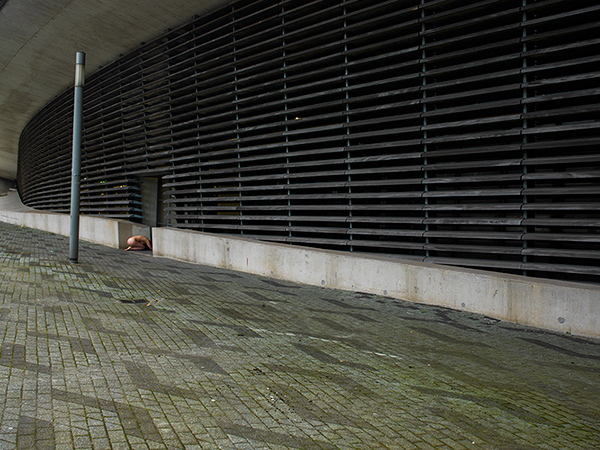
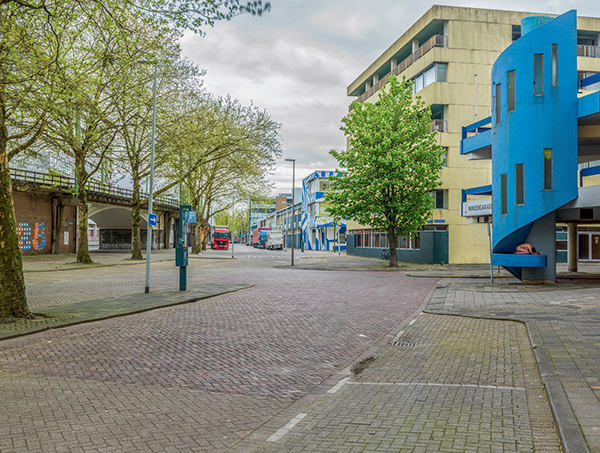
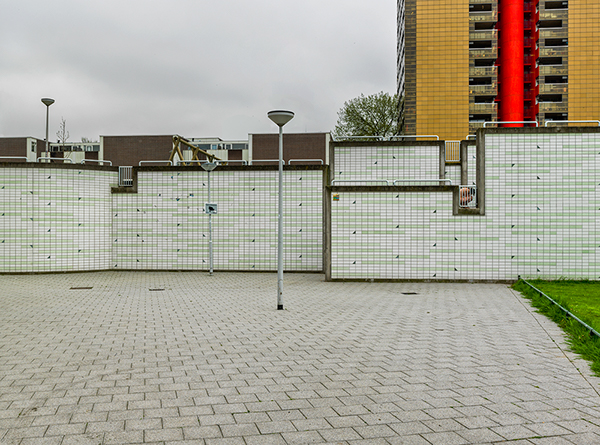
Rut Blees Luxemburg
"I’m fascinated by the city, by its dense, urban condition. We were talking about influences and in the city you’re in this environment where you’re constantly being connected to something different. Constantly being pushed or pulled, informed or confused, it’s a very vibrant and productive environment because things can happen in a city. Things can also happen in the countryside but usually at a much slower speed. The city is a place of possibility. Possibility for the individual but also possibility for the society as a whole. It offers another type of freedom. I work at night because, again, it’s an interesting zone when the daily events and informal laws, the commerce and trade, all of which dominate the daily experience, come to a standstill. So there’s a gap in the night for anticipation."

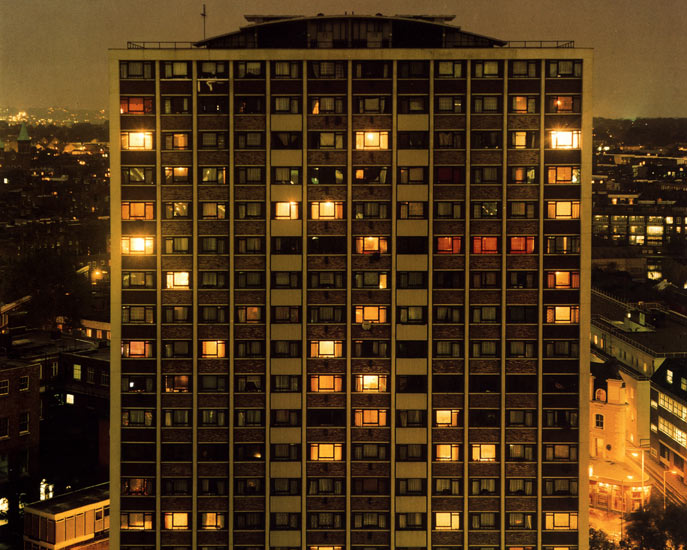

Brad Temkin
Chicago based photographer Brad Temkin(American, b.1956) has been documenting the human impact on the contemporary landscape for over 30 years. His new series titled Rooftop, Temkin documents the growing trend of green roofs and rooftop gardens all over the world. These large-format elevated landscapes serve as important markers of the cultural shift towards sustainable design.



No comments:
Post a Comment
Note: only a member of this blog may post a comment.